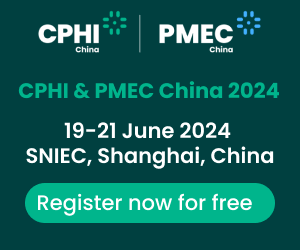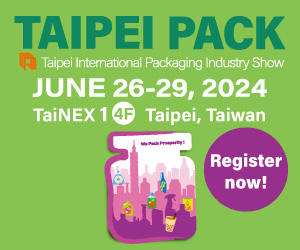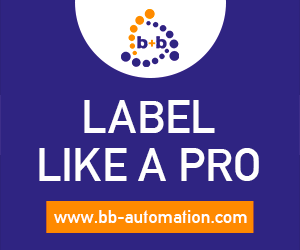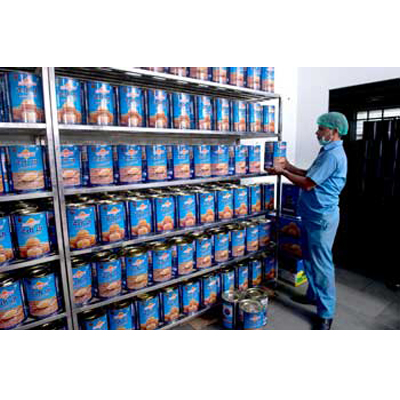9 Evolving Food Packaging Techniques to Reduce Wastage
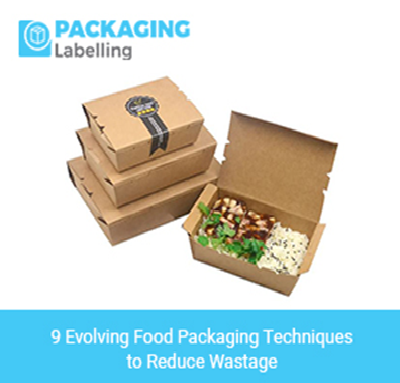
Introduction
In the ongoing quest for sustainability, the strategic deployment of advanced food packaging techniques has emerged as a pivotal tool in curbing wastage within the food industry. This article explores the ingenious approaches that modern food packaging techniques offer, aiding in the mitigation of food spoilage, prolonging shelf life, and contributing to a more ecologically conscious approach to food management.
Food Packaging Techniques
1. Extending Shelf Life through Modified Atmosphere Packaging (MAP)
Overview: Modified Atmosphere Packaging (MAP) has emerged as a game-changing food packaging technique. It involves altering the atmospheric composition within a package to retard spoilage processes. This is achieved by adjusting the levels of oxygen, carbon dioxide, and nitrogen to create an environment that curtails the growth of spoilage-inducing microorganisms.
Benefits:
• Mitigating Spoilage: The strategic use of MAP considerably diminishes the rate of food spoilage, expanding the period during which the packaged food remains fresh and fit for consumption.
• Preservation of Nutrient Integrity: By impeding the proliferation of microorganisms, MAP helps retain the nutritional profile of the food, ensuring that consumers receive the maximum health benefits.
• Reduced Wastage: The extended shelf life facilitated by MAP translates into fewer products being discarded due to premature spoilage, thereby directly contributing to the reduction of food waste.
2. Empowering Consumers through Time-Temperature Indicators (TTIs)
Overview: Time-temperature indicators (TTIs) stand as a beacon of technological advancement in food packaging. These indicators are embedded in packaging and provide real-time data about the product's exposure to temperature fluctuations, assisting both consumers and retailers in making informed decisions about the product's condition.
Benefits:
• Precise Assessment of Freshness: TTIs empower consumers with accurate information about the freshness of the product, enabling them to make informed consumption decisions and minimizing unnecessary discards.
• Informed Decision-Making: Equipped with real-time temperature data, consumers can confidently decide whether a product is safe for consumption, reducing instances of wastage due to misconceptions.
• Optimized Inventory Management: Retailers can optimize inventory management by accurately gauging products' freshness, ensuring that products are sold or consumed before reaching their expiration date.
3. Active Preservation with Oxygen Absorbers
Overview: Oxygen absorbers have garnered prominence as active preservation agents within food packaging. These sachets contain iron powder and effectively remove excess oxygen within the packaging, creating an environment unfavorable for the growth of spoilage-causing microorganisms.
Benefits:
• Extended Product Longevity: Oxygen absorbers considerably extend the shelf life of packaged foods by creating an atmosphere that hinders the proliferation of aerobic bacteria and fungi.
• Retention of Flavor and Quality: By curbing oxidation, these absorbers safeguard the original flavor, texture, and overall quality of the food, ensuring a satisfying culinary experience for consumers.
• Diminished Food Waste: The cumulative effect of prolonged shelf life and maintained food quality is a direct reduction in discarded food items, ultimately benefiting both consumers and the environment.
4. Sustainable Packaging with Biodegradable Materials
Overview: Sustainable packaging has gained traction as an effective means of reducing environmental impact. Biodegradable packaging materials, made from renewable sources such as plant-based plastics or compostable materials, are becoming increasingly popular in the food industry.
Benefits:
• Reduced Environmental Footprint: Biodegradable materials break down naturally, reducing the burden of non-biodegradable waste in landfills and oceans.
• Consumer Appeal: Environmentally conscious consumers are more likely to support brands that use sustainable packaging, creating a competitive advantage for businesses.
• Less Landfill Waste: Biodegradable packaging materials contribute to reducing the volume of packaging waste in landfills, positively impacting the environment.
5. Preserving Freshness with Vacuum-Sealed Packaging
Vacuum sealing is a technique that involves removing air from the packaging before sealing it, creating a near-airless environment. This method is particularly effective in preserving the freshness of perishable foods.
Benefits
• Extended Shelf Life: Vacuum sealing minimizes exposure to oxygen, slowing down the oxidation process and extending the product's shelf life.
• Prevention of Freezer Burn: Vacuum-sealed packages are airtight, preventing freezer burn and maintaining the texture and taste of frozen foods.
• Minimized Food Waste: Longer-lasting freshness means fewer items are discarded due to spoilage, resulting in less food waste.
6. Intelligent Packaging with QR Codes and RFID Tags
Overview
Intelligent packaging integrates QR codes or Radio Frequency Identification (RFID) tags onto packaging, offering a wealth of information about the product. These digital markers store data ranging from product origin to expiration date and handling instructions.
Benefits
• Enhanced Product Traceability: With QR codes and RFID tags, consumers and retailers gain access to comprehensive details about the product's journey, enabling well-informed decisions.
• Reduced Ambiguity: The transparency facilitated by QR codes and RFID tags empowers consumers to determine a product's safety for consumption, thereby minimizing unwarranted discards.
• Efficient Recall Management: In product recalls, intelligent packaging expedites the identification and retrieval of affected products, ensuring precision and swift action.
7. Antimicrobial Packaging
Overview: Antimicrobial packaging incorporates materials with properties that inhibit the growth of bacteria and pathogens on the packaging surface and within the packaged food.
Benefits:
• Enhanced Food Safety: Antimicrobial packaging contributes to preventing the growth of harmful microorganisms, reducing the risk of foodborne illnesses.
• Extended Shelf Life: By curbing the growth of bacteria, antimicrobial packaging can extend the product's shelf life and maintain its quality.
• Minimized Contamination: The antimicrobial properties of the packaging reduce the likelihood of cross-contamination, ensuring the integrity of the packaged food.
8. Nanotechnology for Enhanced Preservation
Overview
Nanotechnology, the manipulation of matter at the nanoscale, offers a realm of distinctive properties. In the realm of food packaging, nanoparticles find their integration, augmenting preservation and safety measures.
Benefits
• Augmented Barrier Properties: Nanoparticles, seamlessly integrated into packaging materials, bolster their barrier properties. This fortification effectively fends off the intrusion of oxygen, moisture, and contaminants.
• Extended Product Longevity: Nanotechnology-infused packaging thrives in maintaining optimal conditions within, thereby extending the shelf life of perishable edibles.
• Cognizant Sensing: Introducing nanosensors into packaging ushers in a new era of awareness. These sensors, attuned to temperature, humidity, and gas composition changes, provide real-time insights into the product's condition.
9. Edible Packaging for Reduced Waste
Edible packaging marks a breakthrough where packaging materials are crafted from consumable sources like seaweed, starch, or edible films. This innovative approach extends an additional layer of protection to food products.
Benefits
• Drastic Packaging Waste Reduction: Edible packaging flips the script on disposal. The integration of consumable materials means consumers can partake in the packaging itself, obviating the need for separate waste management.
• Environmental Footprint Mitigation: The use of edible materials challenges the status quo of non-edible packaging materials. This shift aligns with eco-conscious endeavors, effectively curtailing the environmental impact associated with conventional packaging.
• Novelty and Sustainability Fusion: Edible packaging isn't just utilitarian; it's experiential. The fusion of novelty and sustainability offers consumers a unique and eco-friendly encounter, potentially captivating environmentally mindful consumers.
Conclusion
In the ever-evolving field of food packaging, innovation is guiding us towards eco-friendly practices. Advances like nanotechnology and edible packaging are revolutionizing how we package and safeguard food. These methods, which reduce waste, prolong shelf life, and bolster safety, are driving the food industry toward a more environmentally responsible future. As demands for sustainability intensify, the continuous development and integration of these techniques will be central to forging a path toward reduced waste and eco-conscious food packaging practices.




